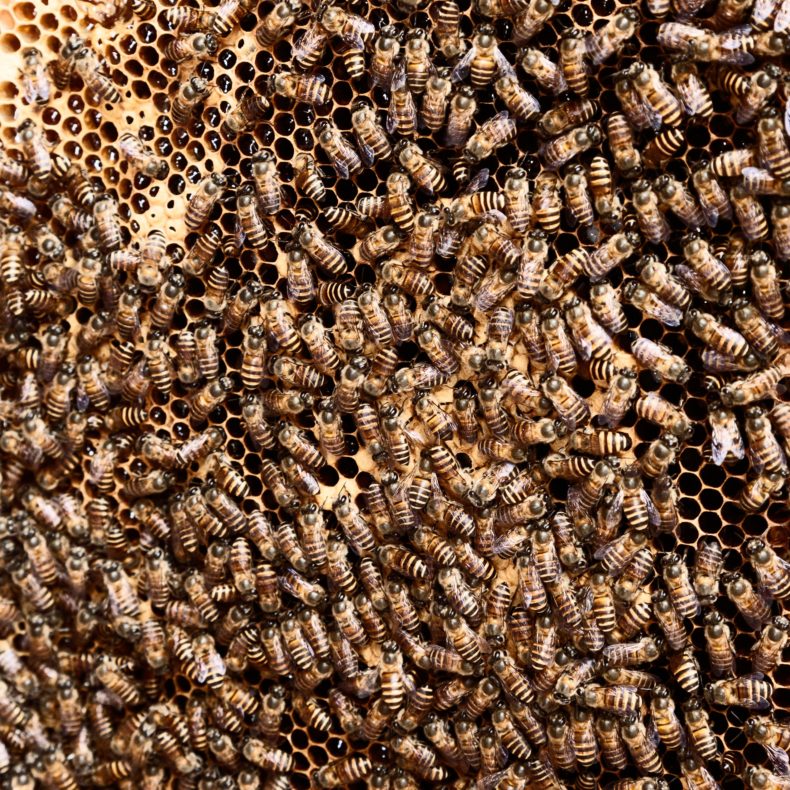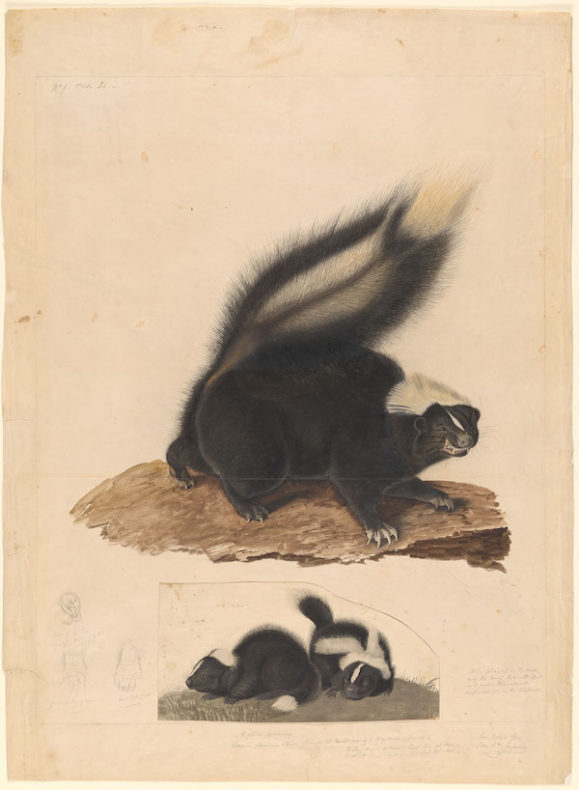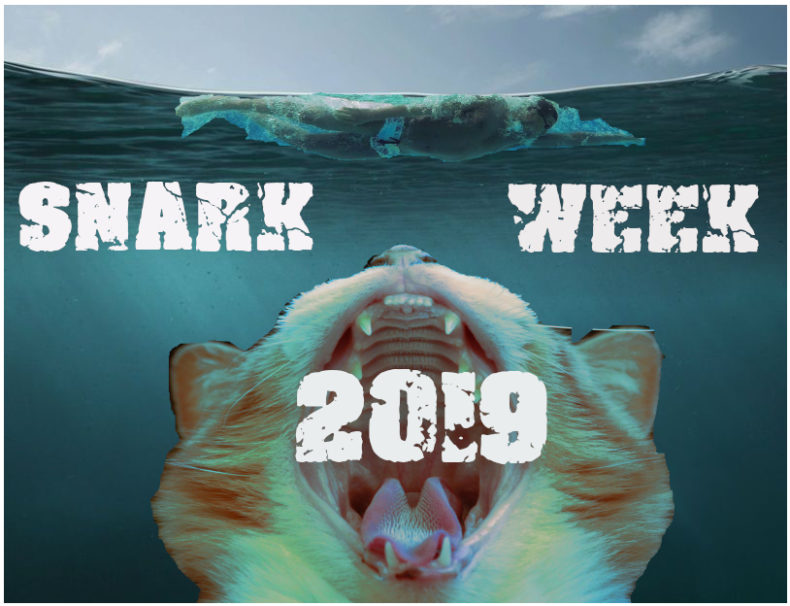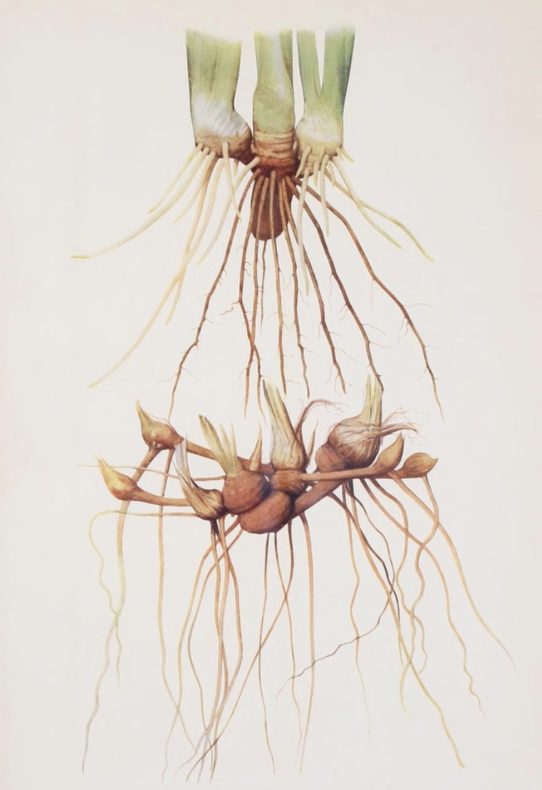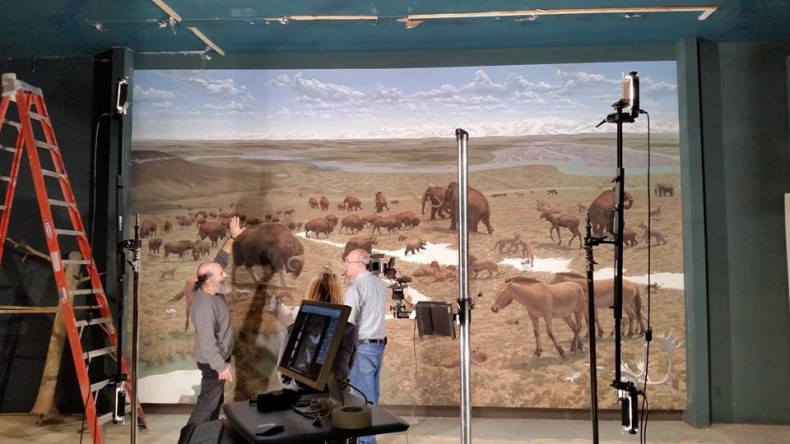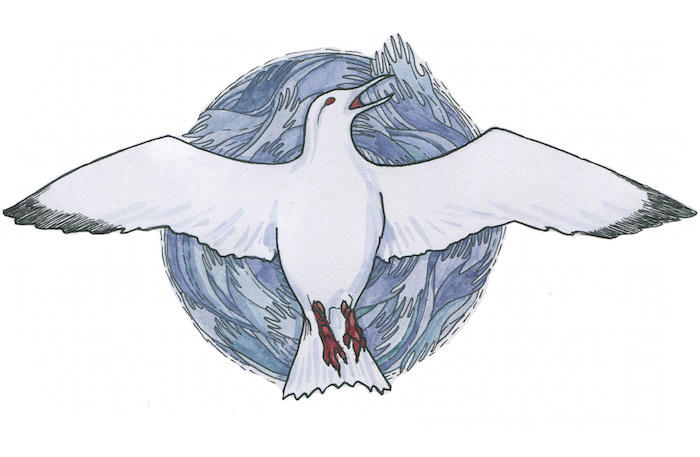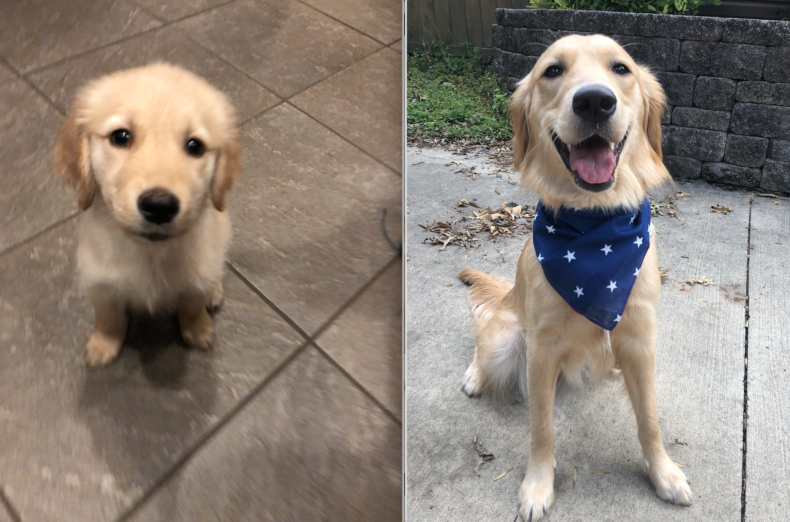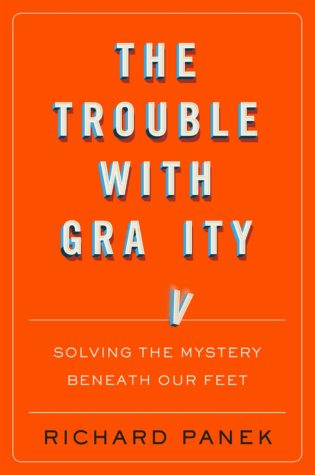Ann: After you’ve gone to the immense trouble of writing a book, having to sell it seems a bit much. My own personal best was always with the radio interviewers who began with, “So what’s the name of your book again?” So Richard, what’s the name of your book again? Oh, right, Gravity. What’s it about?
Richard: Nice try, Ann, but no, the title isn’t Gravity. It’s The Trouble with Gravity: Solving the Mystery Beneath Our Feet
Ann: You were supposed to say, “It’s about gravity.” But I sidetracked my own setup, didn’t I.
Richard: Sorry. I do know a setup for a punchline when I see one, but in this case the set-up seemed to be along the lines of “Why did the chicken cross the t’s and dot the i’s?”
Ann: So I won’t quit my day job and go into comedy. And, yes, your book is called The Trouble with Gravity. And I haven’t read it — I will, because what you write, I read—but I have a good excuse, which is timing this post as closely as possible to your pub date. Now then, what’s the trouble with gravity?
Richard: It’s about gravity. Oh, wait—I was reading the wrong question. The answer to this question is that the trouble with gravity is nobody knows what gravity is, and just about nobody knows nobody knows what gravity is. The exception is scientists, and they know nobody knows what gravity is because they know they don’t know what gravity is.
Ann: I was maybe 35 when I realized I didn’t know what gravity was. I mean, an effect should have a cause, right? You don’t fall down for no reason. Then I learned in night school physics that gravity is something mass does, but honestly, that didn’t help at all.
Richard: Exactly so. Gravity is what we’ve come to accept as the cause of various effects, but what that cause is, nobody understands. The book is about the history and philosophy of this concept we all take for granted, and how that concept has evolved, starting with creation myths, virtually all of which begin with a division between Earth and Sky—a distinction that wouldn’t be evident if gravity didn’t make us conceive of the universe as down here and up there. That division extends to later myths (think: gods), religion (angels and devils, heaven and hell), and Newton’s revolution in breaking that down here/up there mental barrier. But I have to ask: “night school physics”?
Continue reading →
